If you’ve ever been on a Carnival cruise—especially the short ones out of Long Beach to Ensenada—you know there are …


If you’ve ever been on a Carnival cruise—especially the short ones out of Long Beach to Ensenada—you know there are …

Every winter, Ensenada gets quieter on land and louder at sea. The tourists thin out, the mornings sharpen, and then—right …
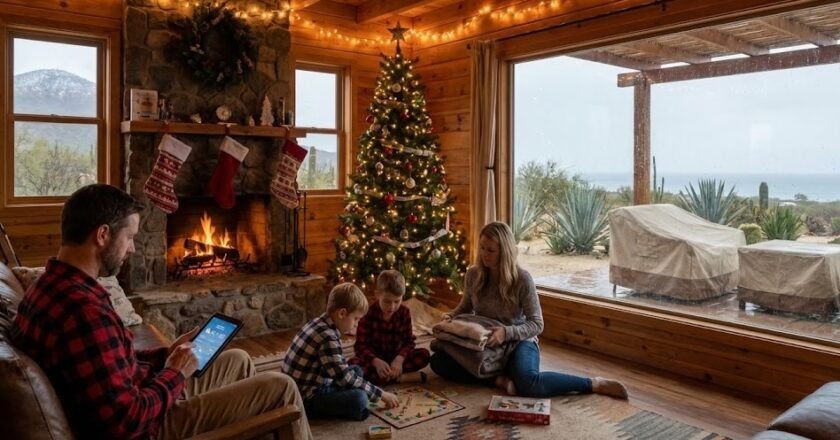
Rain never arrives quietly in Baja. Instead, it slips in like an uninvited guest who still knows exactly where the …

If you’ve walked past the Centro Cultural Riviera after sunset this week and wondered why the building suddenly looks alive, …

Gas station drama returned to Baja this week after the Procuraduría Federal del Consumidor (PROFECO) and the Agencia de Seguridad, …

Baja California loves a good reinvention. Sometimes it arrives as a new wine label in the Valle or a shiny …
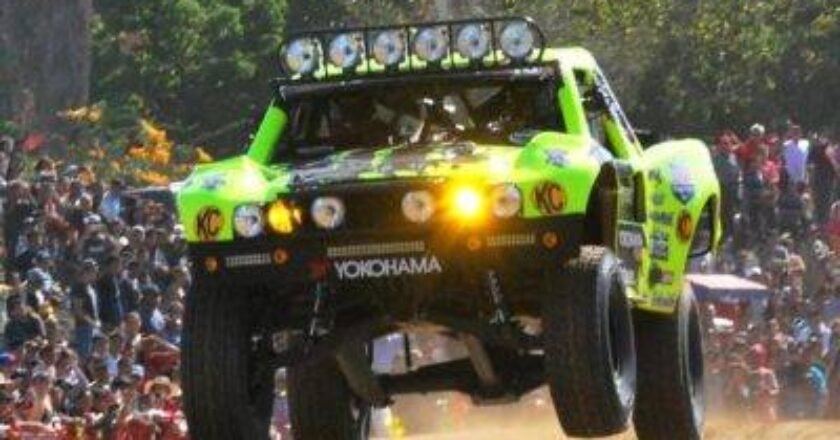
The Baja 1000 is coming home. After years of debate and environmental hurdles, Ensenada’s mayor Claudia Agatón Muñiz has officially …
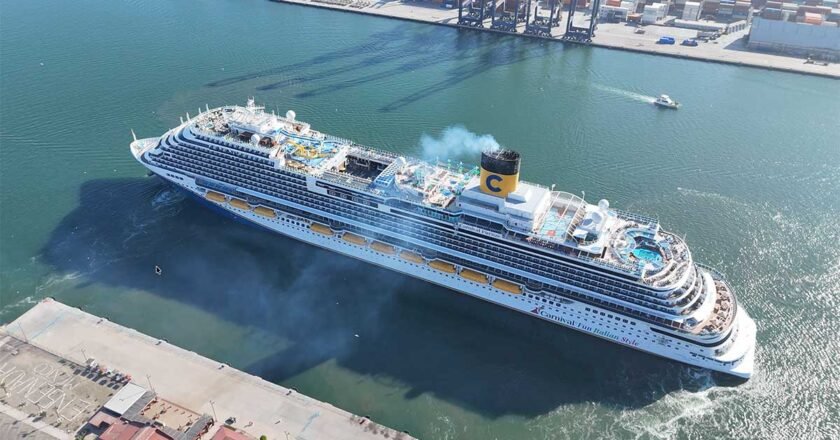
If Ensenada feels a little busier this October, it’s not your imagination, it’s 36 cruise ship calls on the calendar. …
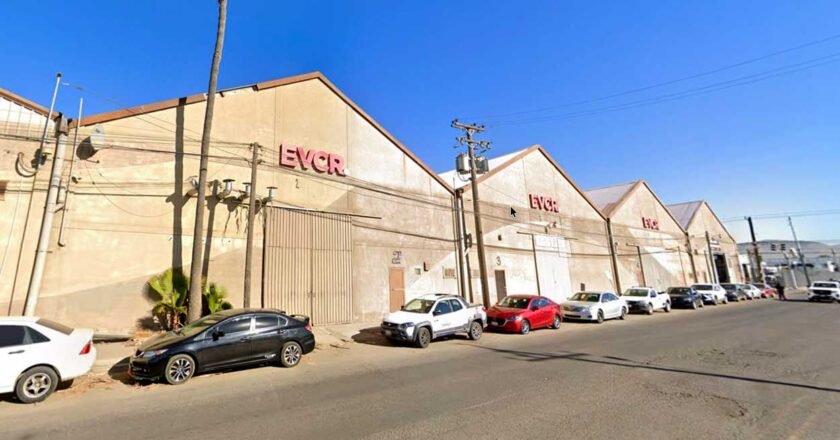
They used to say: “LA-based. Ensenada made.” That was the tagline for EVCR—Evolution & Creation—the activewear brand that insisted its …
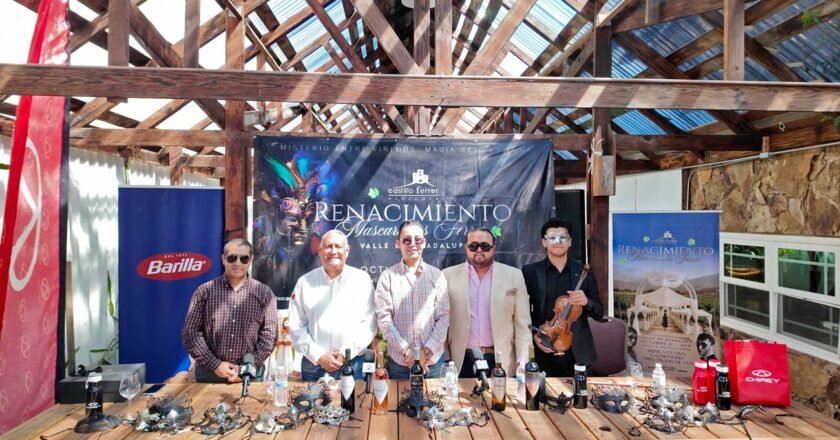
The Valle de Guadalupe knows wine, paella, and opera. However, it has never seen masks, fire shows, and aerial spirals—until …